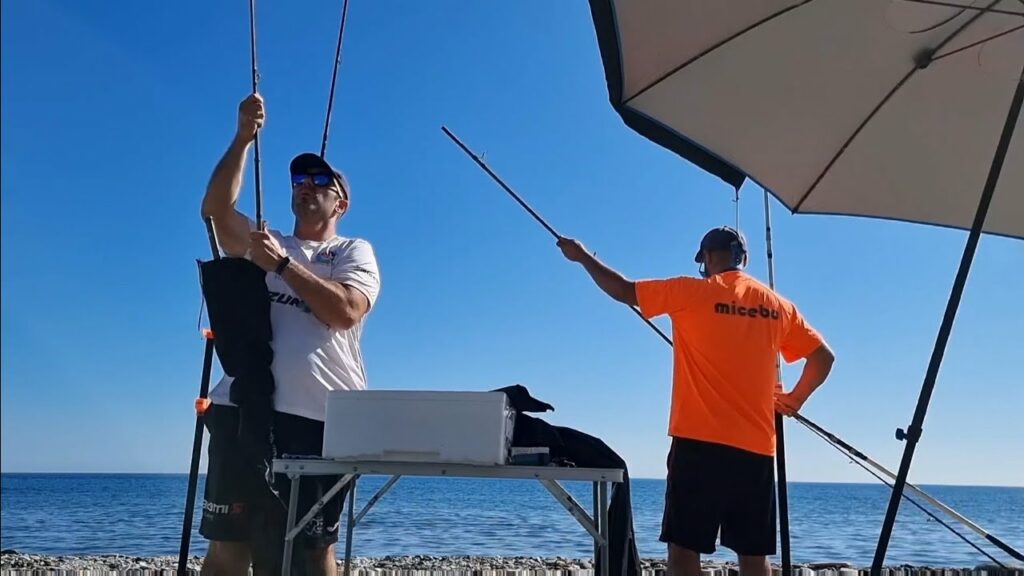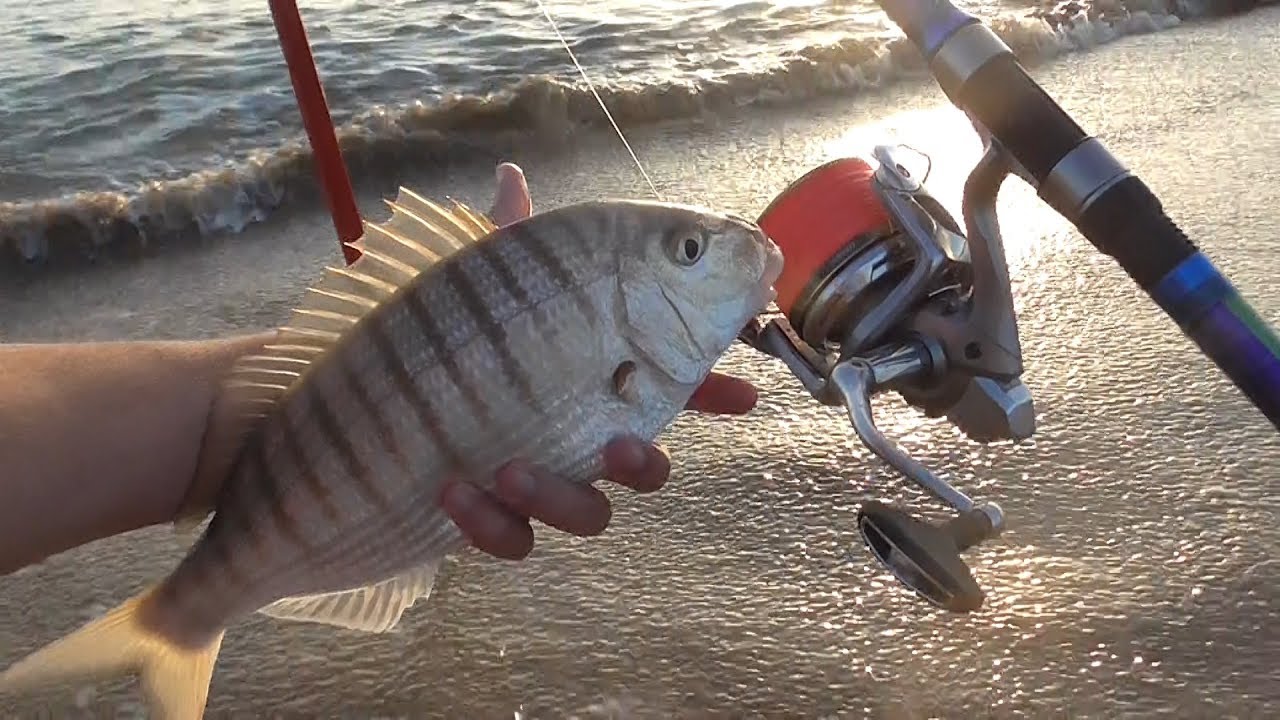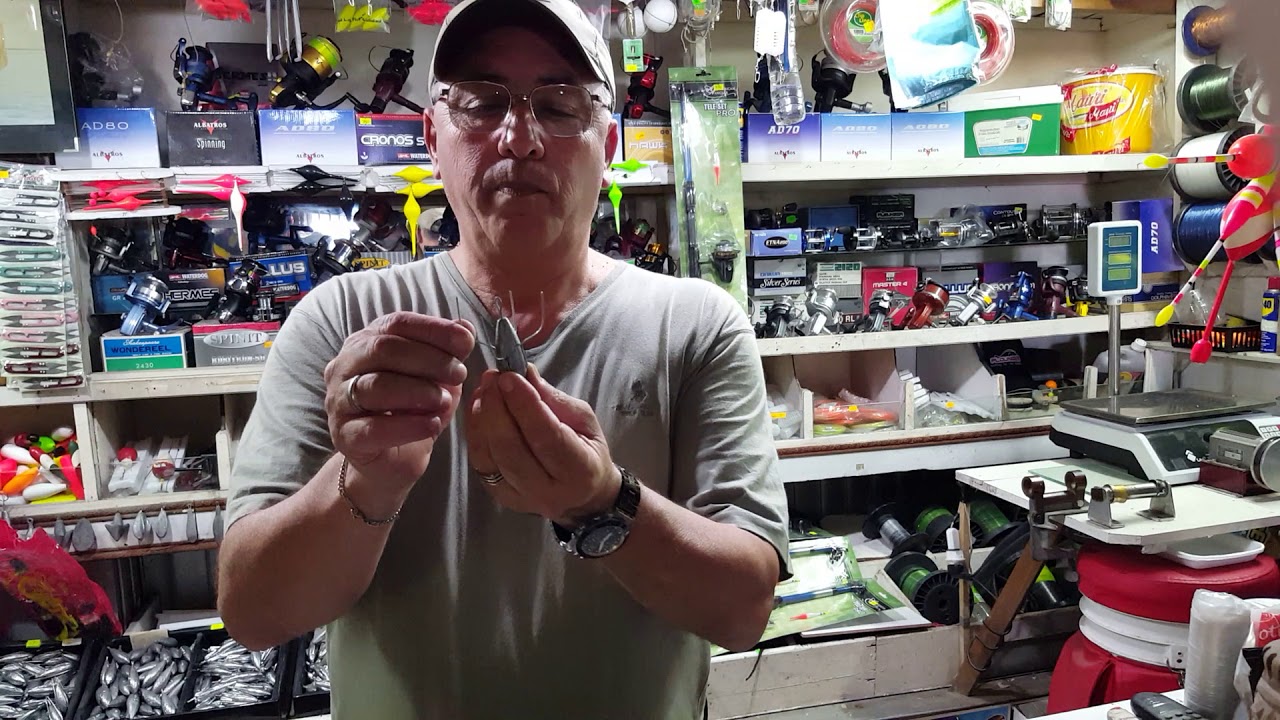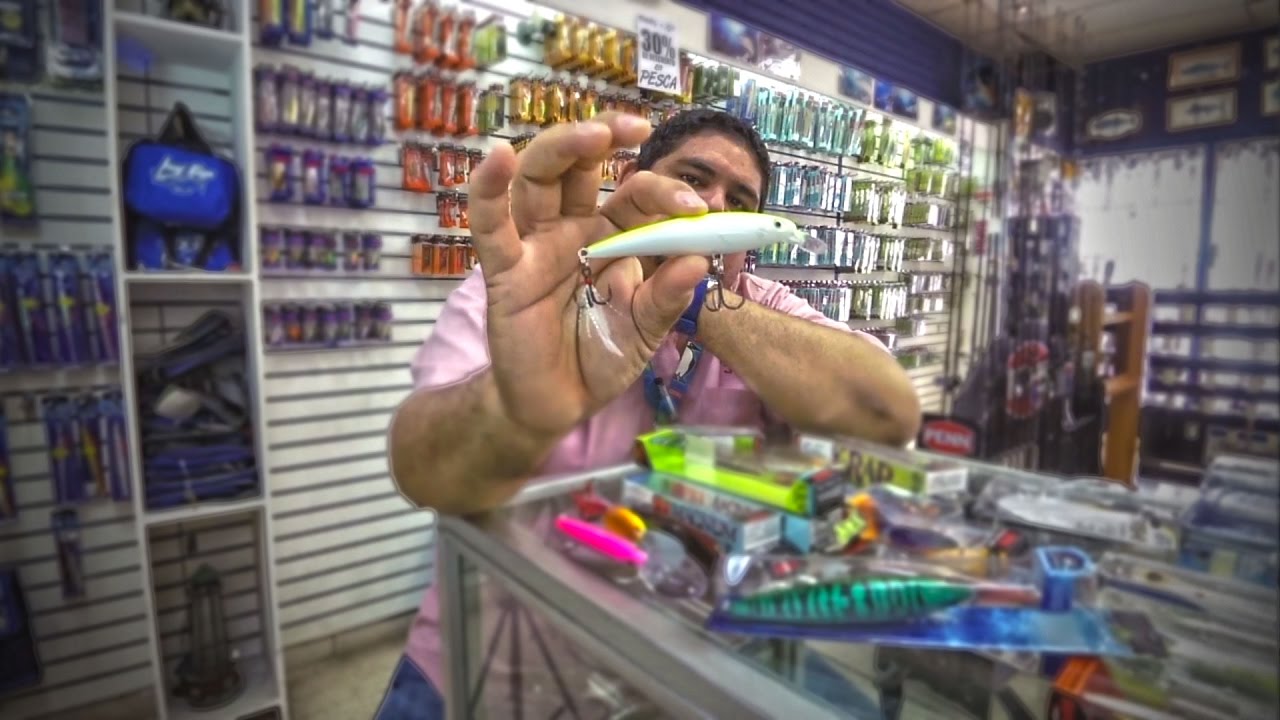Are you passionate about fishing and are you thinking about casting the rod in the wonderful waters of Granada? Stop there! Before doing so, keep in mind that there are prohibited areas for fishing in Granada!
Find out in this article what they are and avoid getting an unpleasant surprise. In addition, we will give you some good advice on how to fully enjoy your hobby of fishing in Granada. Get comfortable and let's get started!

How to know which areas are prohibited for fishing in Grenada?
As we mentioned before, there are prohibited fishing areas in Granada, designed to protect and conserve marine biodiversity. How are these areas classified on the Granada coast? Of course, they vary depending on the fishing method that is practiced. Let's take a closer look.
Fishing Grounds or Fishing Areas of the Granada Coast
The Granada fleet practices its fishing knowledge in various areas, but the key is knowing which ones are allowed. Trawlers generally navigate the entire coastline of Granada starting from 50 depth meters, also extending to areas of the Malaga and Almeria coast.
The purse seine fleet, on the other hand, is found on a large part of the Granada coast, mainly near the Port of Motril, sailing from 35 meters deep and normally moving towards Almuñécar on the western side and up to Castell de Ferro on the Oriental.
Artisanal vessels (bottom longline, trammel net and creel) do not usually go far from the port. However, some shrimp fishermen fish in the “Seco de Motril”, an underwater elevation about 30 miles from the coast and some longliners reach the surroundings of Alborán Island.
Main Fishing Areas in Detail
There are several main areas or zones used for fishing in Granada, which vary by depth and the type of species that can be caught. For example:
- The Terraira An area located between 50 and 130-150 meters deep, offers a varied marine fauna with species such as octopus, mullet, cuttlefish, squid, sole, spider, monkfish, snapper, bream, horse mackerel and whiting.
- The Cantillo, located between 130 and 260 meters deep, is home to octopus, mullet, white shrimp, blue whiting, hake, shrimp and monkfish.
- The Half Sea, between 260 and 350 meters deep, is a place where you can find white shrimp, blue whiting, hake, shrimp, monkfish, crayfish and the Motril shrimp.
- The singing, between 350 and 450 meters deep, is known for being the home of the appreciated crayfish that live in galleries that practice in muddy bottoms.
- La Fonela, between 450 and 550 meters deep, is one of the deepest and least known areas of the continental shelf where boats fish.
Finally, The Dry They are seamounts that are grouped in an extensive and gentle plateau, used by many sedentary species as habitats, in which ecosystems of high ecological value proliferate.
The Consequences of Fishing in Prohibited Areas in Grenada
Fishing in prohibited areas in Granada is considered a serious violation of fishing laws in Spain. It is an infraction that, in many cases, can lead to harsh consequences.
Economic sanctions
The first and most obvious impact is the economic one. Fines for fishing in protected areas can range from 200 euros to a chilling 200.000 euros., depending on the severity of the violation. These types of fines are calculated based on several factors, including the damage caused to fauna and flora, recidivism or obstruction of the inspection work.
Confiscation of Fishing Equipment
In addition to the financial fine, if you are caught fishing in a protected area, It is very likely that the Administration will confiscate the fishing equipment that you were using at the time. This includes the rod, reel, hooks and any other utensils necessary for fishing that have been used illegally. Let us remember that this equipment can be expensive, which adds another layer of financial penalty to the violation.
Loss of Fishing Permit
In the most serious cases, The authorities can suspend or even revoke your fishing permit throughout the community of Andalusia, of which Granada is a part. This means that, for a certain time or even permanently, you would be unable to practice fishing in any area of the community, not just in protected areas.
Ecological impact
Finally, it is important to highlight the ecological impact of fishing in protected areas. These areas are often home to protected species, whose balance is vital for the conservation of our ecosystems. Fishing irresponsibly in these places can put the survival of these species at risk.
Finally, some humorous advice for fishermen: «The hardest fish to catch is the one you haven't caught yet.«. Now that you know more about the prohibited fishing areas in Granada, we invite you to discover other corners of the province where you can cast your rod. Keep browsing our articles and enjoy your fishing in Granada!







